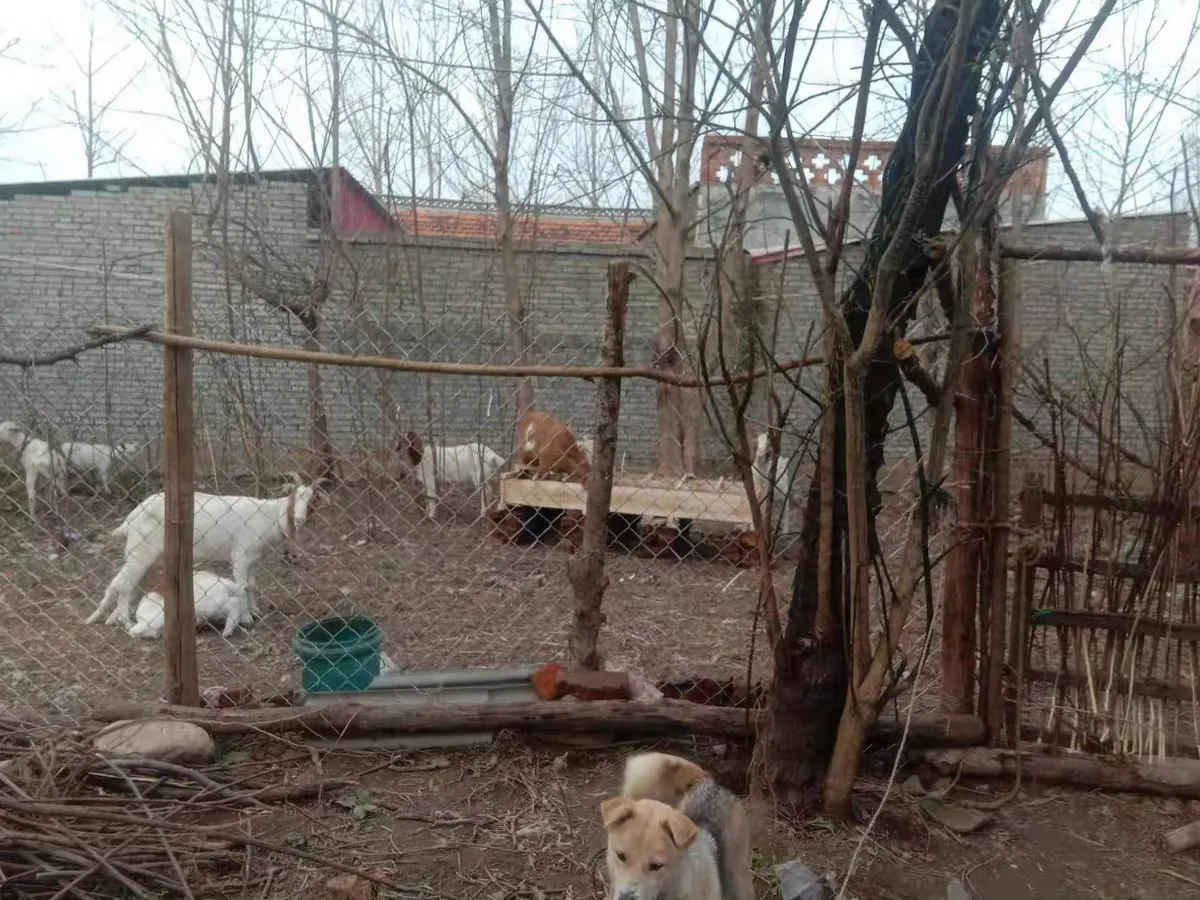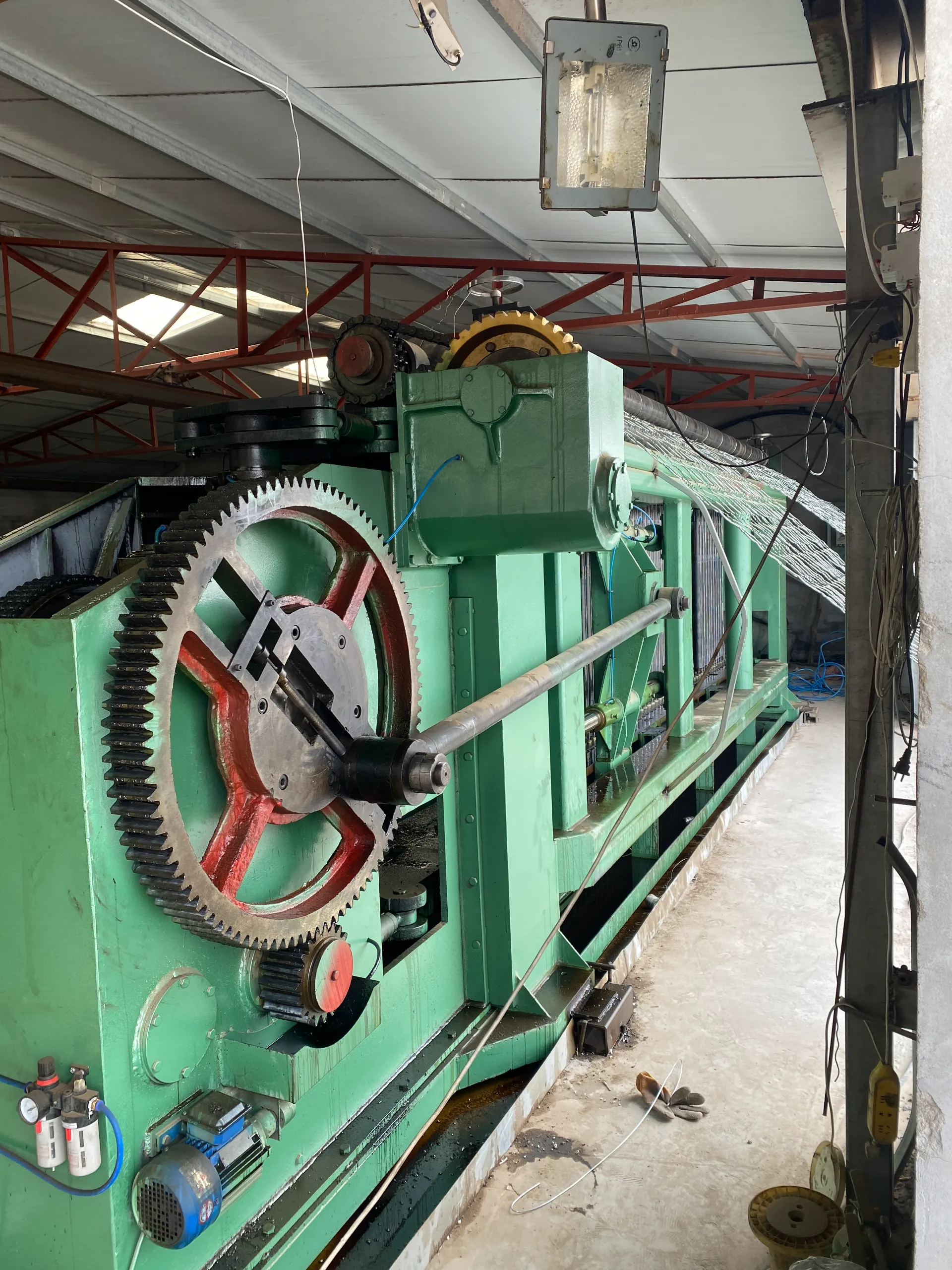-
 Afrikaans
Afrikaans -
 Albanian
Albanian -
 Amharic
Amharic -
 Arabic
Arabic -
 Armenian
Armenian -
 Azerbaijani
Azerbaijani -
 Basque
Basque -
 Belarusian
Belarusian -
 Bengali
Bengali -
 Bosnian
Bosnian -
 Bulgarian
Bulgarian -
 Catalan
Catalan -
 Cebuano
Cebuano -
 China
China -
 Corsican
Corsican -
 Croatian
Croatian -
 Czech
Czech -
 Danish
Danish -
 Dutch
Dutch -
 English
English -
 Esperanto
Esperanto -
 Estonian
Estonian -
 Finnish
Finnish -
 French
French -
 Frisian
Frisian -
 Galician
Galician -
 Georgian
Georgian -
 German
German -
 Greek
Greek -
 Gujarati
Gujarati -
 Haitian Creole
Haitian Creole -
 hausa
hausa -
 hawaiian
hawaiian -
 Hebrew
Hebrew -
 Hindi
Hindi -
 Miao
Miao -
 Hungarian
Hungarian -
 Icelandic
Icelandic -
 igbo
igbo -
 Indonesian
Indonesian -
 irish
irish -
 Italian
Italian -
 Japanese
Japanese -
 Javanese
Javanese -
 Kannada
Kannada -
 kazakh
kazakh -
 Khmer
Khmer -
 Rwandese
Rwandese -
 Korean
Korean -
 Kurdish
Kurdish -
 Kyrgyz
Kyrgyz -
 Lao
Lao -
 Latin
Latin -
 Latvian
Latvian -
 Lithuanian
Lithuanian -
 Luxembourgish
Luxembourgish -
 Macedonian
Macedonian -
 Malgashi
Malgashi -
 Malay
Malay -
 Malayalam
Malayalam -
 Maltese
Maltese -
 Maori
Maori -
 Marathi
Marathi -
 Mongolian
Mongolian -
 Myanmar
Myanmar -
 Nepali
Nepali -
 Norwegian
Norwegian -
 Norwegian
Norwegian -
 Occitan
Occitan -
 Pashto
Pashto -
 Persian
Persian -
 Polish
Polish -
 Portuguese
Portuguese -
 Punjabi
Punjabi -
 Romanian
Romanian -
 Russian
Russian -
 Samoan
Samoan -
 Scottish Gaelic
Scottish Gaelic -
 Serbian
Serbian -
 Sesotho
Sesotho -
 Shona
Shona -
 Sindhi
Sindhi -
 Sinhala
Sinhala -
 Slovak
Slovak -
 Slovenian
Slovenian -
 Somali
Somali -
 Spanish
Spanish -
 Sundanese
Sundanese -
 Swahili
Swahili -
 Swedish
Swedish -
 Tagalog
Tagalog -
 Tajik
Tajik -
 Tamil
Tamil -
 Tatar
Tatar -
 Telugu
Telugu -
 Thai
Thai -
 Turkish
Turkish -
 Turkmen
Turkmen -
 Ukrainian
Ukrainian -
 Urdu
Urdu -
 Uighur
Uighur -
 Uzbek
Uzbek -
 Vietnamese
Vietnamese -
 Welsh
Welsh -
 Bantu
Bantu -
 Yiddish
Yiddish -
 Yoruba
Yoruba -
 Zulu
Zulu
Jan . 09, 2025 10:37
Back to list
Agricultural Shade Netting for Vegetable Flowers
Agricultural netting has become an indispensable tool in modern farming, fostering increased crop productivity while ensuring environmental sustainability. Innovative uses of agricultural netting have significantly transformed how farmers protect their crops against various elements. This article delves into expert insights and first-hand experiences from seasoned agriculturalists that reaffirm the critical role of netting in farming.
Trust in agricultural netting is solidified by the experiences of farmers operating in various geographical locales. In the vineyards of southern Australia, for instance, growers rely on netting to protect grapes from hail and sunburn. Michelle Turner, a vineyard manager, recounts how adopting netting has led to a marked improvement in grape quality and quantity. Her testimony is supported by empirical data from regional agricultural studies, showcasing a consistent increase in grape yield and a decrease in weather-related losses. Moreover, agricultural netting is instrumental in optimizing sunlight exposure, which is vital for photosynthesis. By regulating the amount of sunlight that reaches crops, netting ensures optimal growth conditions, particularly in regions with intense sunlight. This nuanced application requires a keen understanding of plant biology, a field in which agronomists like Dr. Matthew Lawson excel. Dr. Lawson's authoritative research demonstrates how strategically deployed netting can enhance photosynthesis efficiency, resulting in robust plant growth and increased agricultural output. In conclusion, agricultural netting stands out as an authoritative solution in modern agriculture, backed by expert knowledge, scientific research, and practical application. Its multifaceted use in pest control, weather protection, and sunlight regulation demonstrates its indispensable role in sustainable farming. As farming continues to evolve, agricultural netting will likely play an even more critical role in addressing the challenges posed by climate change and environmental preservation, thereby solidifying its position as a trusted agricultural tool.


Trust in agricultural netting is solidified by the experiences of farmers operating in various geographical locales. In the vineyards of southern Australia, for instance, growers rely on netting to protect grapes from hail and sunburn. Michelle Turner, a vineyard manager, recounts how adopting netting has led to a marked improvement in grape quality and quantity. Her testimony is supported by empirical data from regional agricultural studies, showcasing a consistent increase in grape yield and a decrease in weather-related losses. Moreover, agricultural netting is instrumental in optimizing sunlight exposure, which is vital for photosynthesis. By regulating the amount of sunlight that reaches crops, netting ensures optimal growth conditions, particularly in regions with intense sunlight. This nuanced application requires a keen understanding of plant biology, a field in which agronomists like Dr. Matthew Lawson excel. Dr. Lawson's authoritative research demonstrates how strategically deployed netting can enhance photosynthesis efficiency, resulting in robust plant growth and increased agricultural output. In conclusion, agricultural netting stands out as an authoritative solution in modern agriculture, backed by expert knowledge, scientific research, and practical application. Its multifaceted use in pest control, weather protection, and sunlight regulation demonstrates its indispensable role in sustainable farming. As farming continues to evolve, agricultural netting will likely play an even more critical role in addressing the challenges posed by climate change and environmental preservation, thereby solidifying its position as a trusted agricultural tool.
Latest news
-
Shipping Plastic Bags for Every NeedNewsJul.24,2025
-
Safety Netting: Your Shield in ConstructionNewsJul.24,2025
-
Plastic Mesh Netting for Everyday UseNewsJul.24,2025
-
Nylon Netting for Every UseNewsJul.24,2025
-
Mesh Breeder Box for Fish TanksNewsJul.24,2025
-
Expanded Steel Mesh Offers Durable VersatilityNewsJul.24,2025











